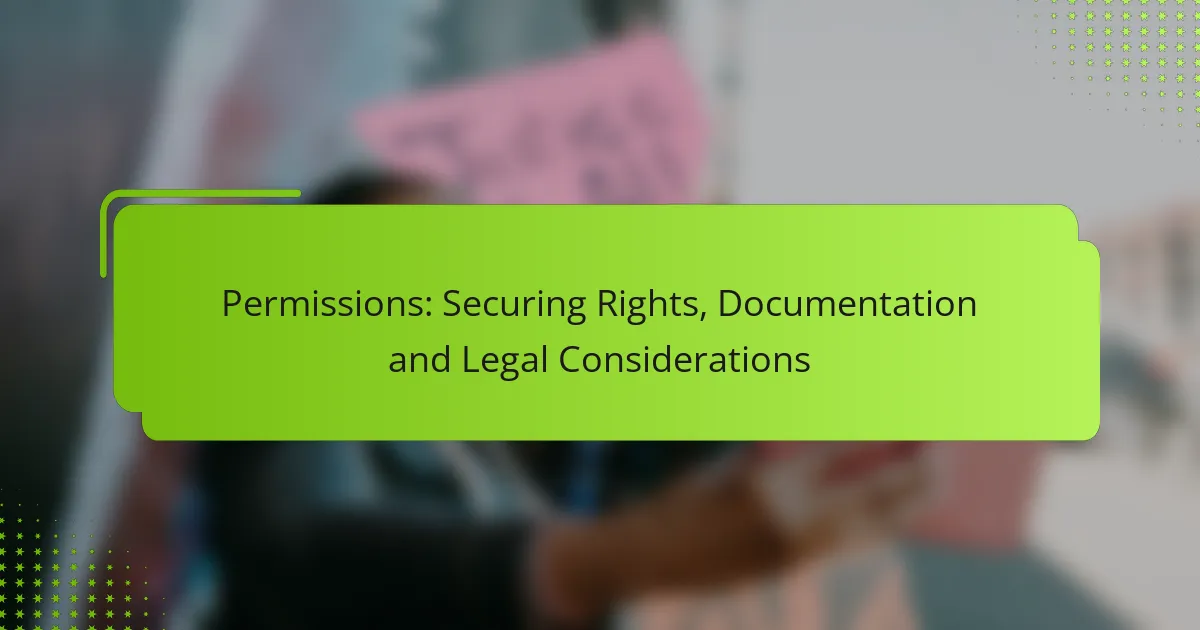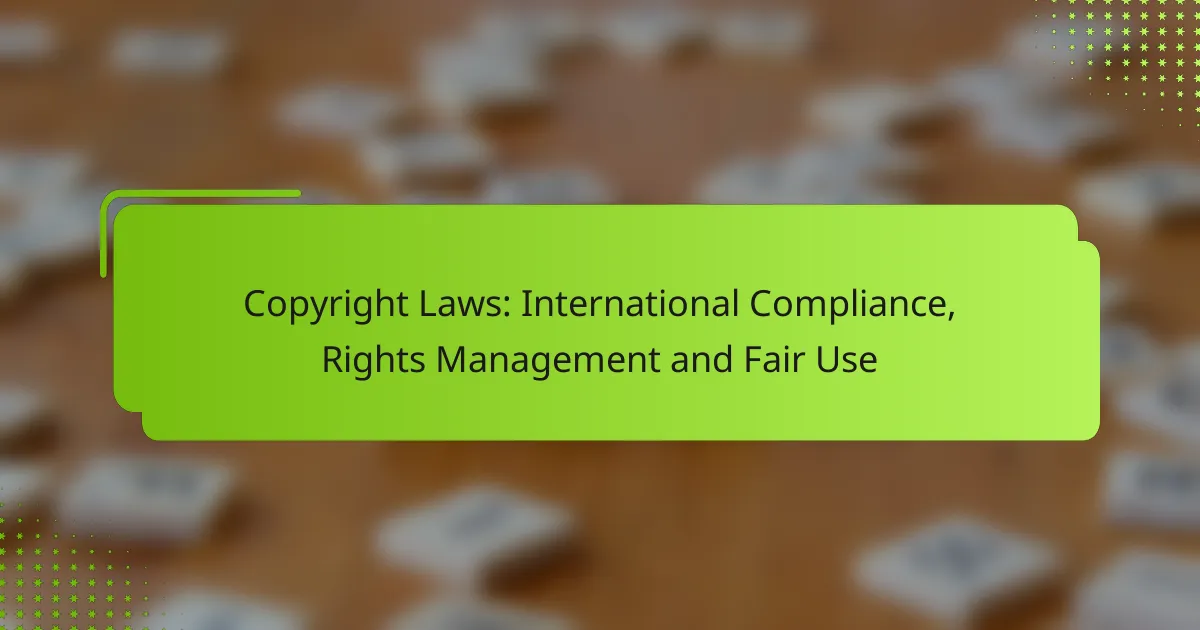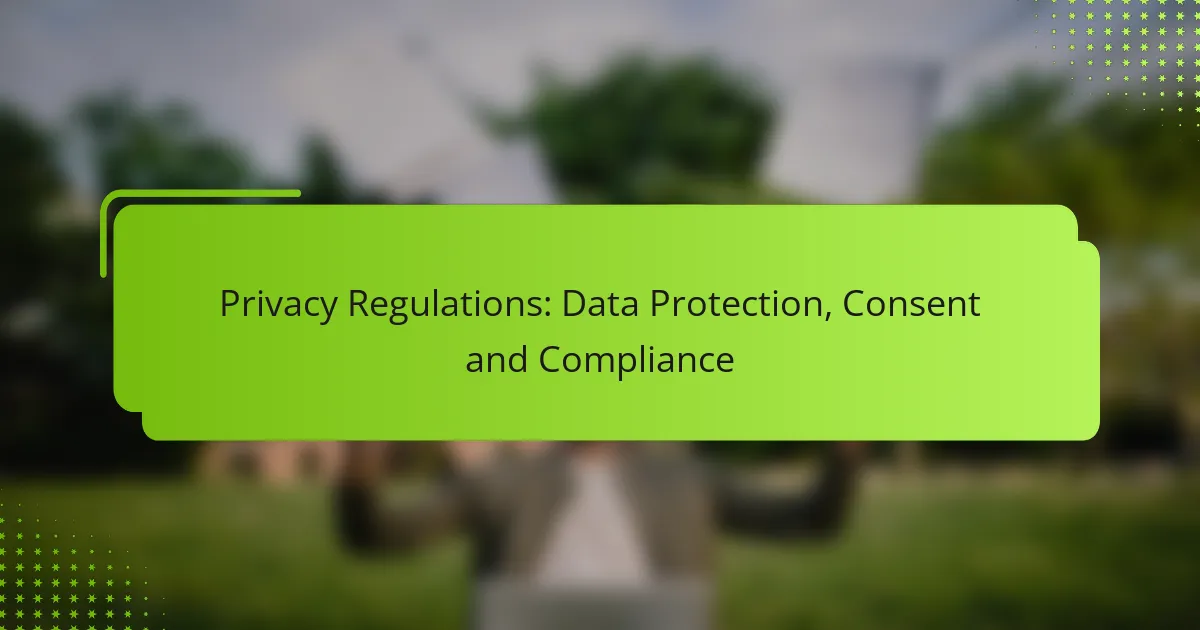Misinformation poses a significant challenge in today’s information landscape, necessitating effective detection and correction strategies. By leveraging technological tools, human expertise, and ethical reporting practices, organizations can combat the spread of false information and restore public trust. Timely action and community engagement are crucial in addressing misinformation, while adherence to ethical guidelines ensures responsible communication.
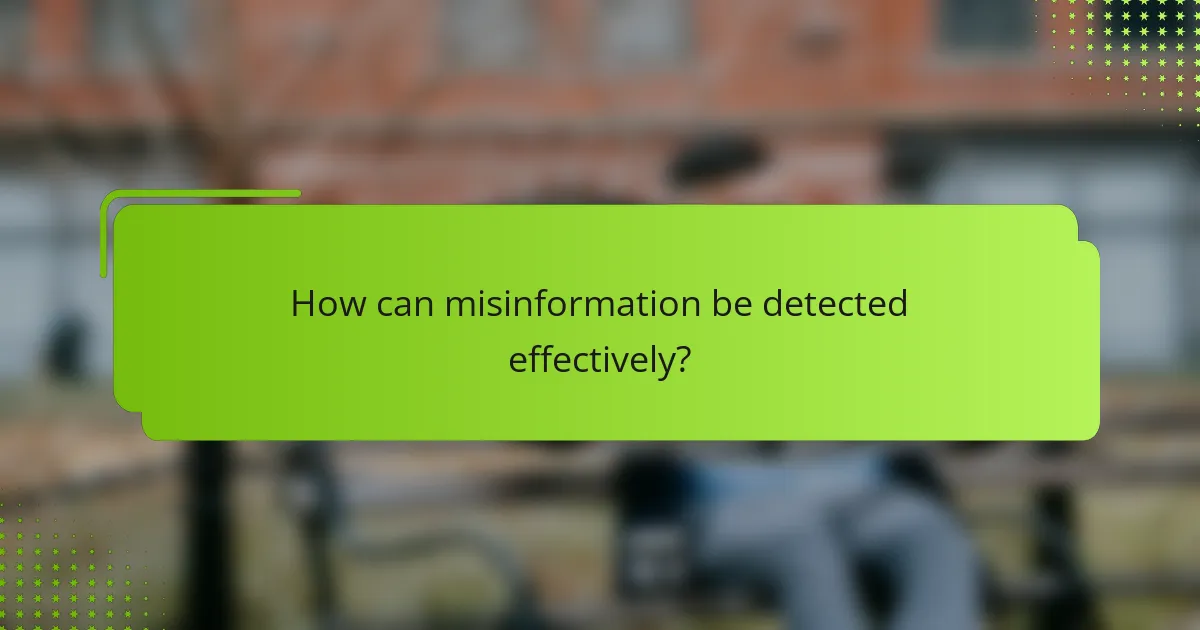
How can misinformation be detected effectively?
Misinformation can be detected effectively through a combination of technological tools, human expertise, and collaborative efforts. By utilizing various methods such as fact-checking tools, AI algorithms, and social media monitoring, organizations can identify and address false information more efficiently.
Fact-checking tools
Fact-checking tools are essential for verifying claims and assessing the accuracy of information. These tools often include databases of verified facts, enabling users to cross-reference statements against credible sources. Popular platforms like Snopes and FactCheck.org provide easy access to information and can help users quickly determine the validity of a claim.
When using fact-checking tools, it’s important to consider the source’s credibility and the methodology used for verification. Reliable tools typically cite their sources and provide context for their findings, which can enhance trust in the information presented.
AI-driven detection algorithms
AI-driven detection algorithms analyze vast amounts of data to identify patterns indicative of misinformation. These algorithms can evaluate the credibility of sources, track the spread of false information, and flag potentially misleading content in real-time. For instance, platforms like Facebook and Twitter employ AI to detect and reduce the visibility of misleading posts.
While AI can significantly enhance detection capabilities, it is not infallible. Algorithms may misclassify legitimate content as false or fail to catch nuanced misinformation. Therefore, human oversight is crucial to ensure accuracy and context in the evaluation process.
Social media monitoring
Social media monitoring involves tracking platforms for emerging misinformation trends and viral content. By analyzing user interactions, shares, and comments, organizations can identify false narratives before they escalate. Tools like Hootsuite and Brandwatch facilitate this process by providing insights into public sentiment and engagement.
Effective social media monitoring requires timely responses to misinformation. Organizations should develop protocols for addressing false claims and educating users about accurate information, thereby fostering a more informed online community.
Collaborative verification platforms
Collaborative verification platforms enable multiple stakeholders to work together in identifying and correcting misinformation. These platforms often allow users to submit claims for review, which can then be evaluated by a community of fact-checkers and experts. Examples include platforms like ClaimReview and the International Fact-Checking Network.
Engaging in collaborative verification can enhance the reliability of information. By pooling resources and expertise, organizations can improve their detection efforts and create a more robust defense against misinformation.
Expert analysis
Expert analysis plays a critical role in the detection of misinformation by providing insights that automated tools may overlook. Subject matter experts can evaluate the context and implications of claims, offering a deeper understanding of the information landscape. Their expertise is particularly valuable in specialized fields such as health, science, and law.
To leverage expert analysis effectively, organizations should establish partnerships with professionals in relevant fields. This collaboration can enhance the credibility of information and ensure that responses to misinformation are well-informed and accurate.
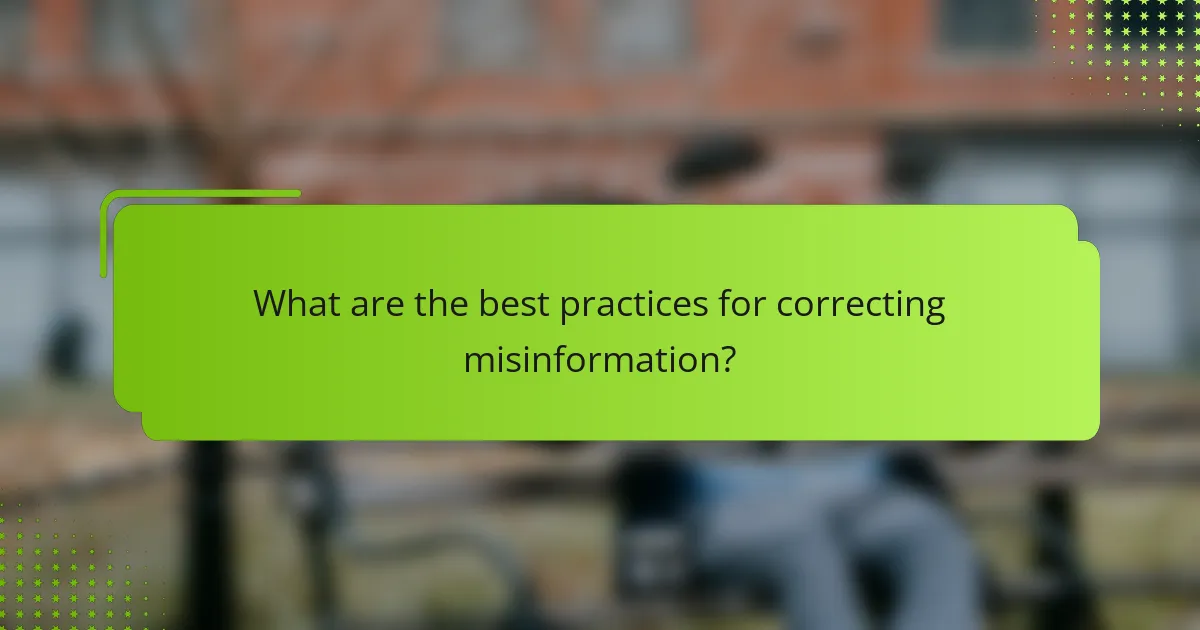
What are the best practices for correcting misinformation?
Correcting misinformation effectively requires a combination of timely action, clear communication, and community engagement. Implementing these best practices can significantly reduce the spread of false information and restore trust.
Timely response strategies
Responding quickly to misinformation is crucial. Aim to address false claims within hours, as delays can allow misinformation to spread widely. Utilize social media platforms and news outlets to disseminate accurate information as soon as it becomes available.
Establish a monitoring system to track emerging misinformation. This could involve using alerts for specific keywords or phrases that are relevant to your audience. By staying ahead of the curve, you can prepare responses in advance.
Transparent communication
Transparency is key when correcting misinformation. Clearly state the facts and provide sources to back up your claims. This builds credibility and helps audiences understand the basis for the correction.
Use straightforward language and avoid jargon. This ensures that your message is accessible to a broad audience. Consider creating a FAQ section that addresses common misconceptions directly, which can serve as a reference point for those seeking clarity.
Engagement with affected communities
Engaging with communities impacted by misinformation fosters trust and collaboration. Reach out to these groups to understand their concerns and perspectives, which can inform your correction efforts.
Host forums or discussions where community members can ask questions and share their experiences. This not only provides a platform for dialogue but also helps to humanize the issue, making it more relatable and easier to address.

What ethical guidelines should journalists follow in reporting misinformation?
Journalists should adhere to ethical guidelines that prioritize accuracy, transparency, and respect for privacy when reporting misinformation. These principles help maintain public trust and ensure responsible communication in an era of widespread falsehoods.
Adherence to journalistic standards
Journalists must follow established standards such as verifying facts, using credible sources, and providing context. This includes cross-checking information with multiple reliable outlets before publication to avoid spreading false narratives.
Additionally, employing fact-checking tools and collaborating with fact-checking organizations can enhance the integrity of reporting. Journalists should also be aware of the potential impact of their stories on public perception and discourse.
Disclosure of sources
Transparency about sources is crucial in ethical journalism. When reporting on misinformation, journalists should disclose the origins of their information, especially if it comes from anonymous or less credible sources.
Providing context about the reliability of sources helps readers assess the information’s validity. If a source has a known bias or history of misinformation, this should be clearly communicated to the audience.
Balancing public interest and privacy
Journalists face the challenge of balancing the public’s right to know with individuals’ right to privacy. Reporting on misinformation may require exposing harmful falsehoods, but it should not come at the expense of personal privacy unless there is a compelling public interest.
When considering whether to publish sensitive information, journalists should evaluate the potential harm to individuals versus the benefits of public awareness. Ethical reporting often involves careful consideration of the implications of disclosing certain details.

What role do social media platforms play in misinformation management?
Social media platforms play a crucial role in managing misinformation by implementing various strategies to detect, correct, and mitigate the spread of false information. Their actions can significantly influence public perception and trust in information shared online.
Content moderation policies
Content moderation policies are essential for social media platforms to manage misinformation effectively. These policies outline the guidelines for what constitutes harmful or misleading content and the actions that will be taken against it. For example, platforms may remove posts, flag content, or restrict user accounts that violate these policies.
Platforms often employ a combination of automated systems and human reviewers to enforce these policies. This dual approach helps ensure that content is evaluated accurately while also allowing for the nuances of context and intent.
Partnerships with fact-checkers
Partnerships with independent fact-checkers enhance the credibility of social media platforms in combating misinformation. These collaborations allow platforms to verify claims made in posts and provide users with accurate information. For instance, if a user shares a post containing false information, the platform may link to a fact-checking article that debunks the claim.
Such partnerships can vary in scope, with some platforms employing a network of local fact-checkers to address region-specific misinformation. This localized approach helps ensure that the fact-checking process is relevant and culturally sensitive.
User reporting mechanisms
User reporting mechanisms empower individuals to flag potentially misleading content for review. Most social media platforms provide users with easy-to-use tools to report posts they believe contain misinformation. This crowdsourced approach can help identify false information that automated systems might miss.
However, platforms must balance user reporting with the risk of abuse, where users may report content simply because they disagree with it. Clear guidelines and transparent processes for handling reports are essential to maintain the integrity of the reporting system.

How can educational initiatives combat misinformation?
Educational initiatives can significantly reduce misinformation by equipping individuals with critical thinking skills and media literacy. These programs help people discern credible sources, analyze information critically, and understand the impact of misinformation on society.
Media literacy programs
Media literacy programs teach individuals how to evaluate the credibility of various information sources. These programs often include lessons on identifying bias, understanding the difference between opinion and fact, and recognizing common misinformation tactics. For example, workshops can guide participants through analyzing news articles and social media posts to spot misleading headlines.
Community engagement
Community engagement initiatives foster discussions about misinformation within local populations. By organizing forums, workshops, or discussion groups, communities can collaboratively explore the effects of misinformation and share strategies for combating it. Engaging local influencers or educators can enhance the reach and effectiveness of these initiatives.
Collaboration with technology platforms
Partnering with technology platforms can amplify educational efforts against misinformation. Platforms can support educational campaigns by promoting accurate information and providing users with tools to fact-check content. For instance, social media companies can implement features that direct users to reliable sources when they encounter potentially misleading information.

